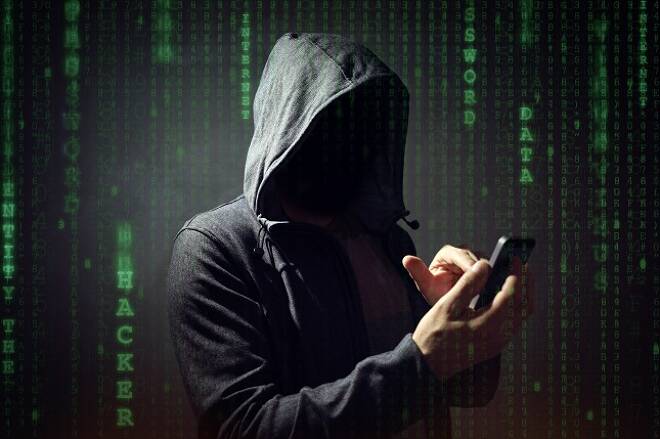Advertisement
Advertisement
Crypto Ransomware Payments Could Hit $1bn in 2021
By:
As ransomware gains surge, the U.S administration will likely be at the forefront of tackling a growing problem for governments around the world.
Illicit activity across the crypto sector has continued to rise, raising concerns over money laundering and the use of Bitcoin (BTC) and other cryptos to fund illegal activities that could include terrorism.
Just last week, news hit the wires of North Korea funding its missile program with stolen crypto. United Nations researchers reportedly identified that hackers stole more than $50m in digital assets between 2020 and mid-2021.
According to Chainalysis, North Korea illegally amassed more than $400m worth of digital assets last year. Cybercriminals reportedly targeted primarily investment firms and centralized exchanges. Tactics included phishing lures, code exploits, malware, and siphoning funds from “hot” wallets.
Ransomware Continues to Rise in 2021
This week, Chainalysis reported ransomware payments hit $692m in 2020, which was an upward revision to an estimate $350m. Back in 2019, ransomware payments had stood at $152m and just $39m in 2018.
For 2021, Chainalysis has currently tracked $602m in ransomware payments. Based on the 2020 estimate and the latest numbers, the 2021 figure will likely break the $1bn barrier. While North Korea has been particularly active in illegally obtaining cryptos, Russia reportedly leads the way in 2021. Russian-based Conti illicitly amassed at least $180m from ransomware victims in 2021. This was by far the biggest haul, with DarkSide coming in a distant 2nd, with less than $100m.
In May 2021, American oil pipeline Colonial Pipeline became a victim of a DarkSide ransomware cyberattack. Colonial Pipeline, with the guidance of the FBI, paid the 75 Bitcoin (BTC) ransom. The following month, however, the Department of Justice (DoJ) announced that it had recovered 63.7 BTC of the ransom payment. Such was the impact of the cyberattack that Joe Biden was forced to declare a state of emergency.
Biden also placed DarkSide in Russia, stating that Russian authorities had some responsibility to deal with it.
The White House, Cryptos, and National Security
This week’s Chainalysis report will give governments and regulators more reason to deliver a global crypto regulatory framework.
In late January, the White House announced the imminent release of an Executive Order on cryptos. The order will task agencies with the regulation of cryptos as a matter of national security. Not only covering cryptos, but also stablecoins and NFTs, agencies will have to work with regulators around the world. Some see the order as a move towards a blue print for a global crypto regulatory framework.
Biden’s reference to national security is key and, when considering the sums involved in cyber-attacks and where the funds end up, there is reason to begin introducing the right crypto infrastructure to begin reducing cyber-attacks.
As governments look to tackle cybercrime, cyber criminals have also become more elusive, however. According to the Chainalysis report, more than 140 ransomware strains received payments from victims in 2021. This was up from 119 in 2020 and just 79 in 2019. The upward trend comes as law enforcement agencies become more sophisticated. In 2021, the recovery of 63.7 of the 75 BTC haul from the Colonial Pipeline cyber-attack was a big win for U.S law enforcement agencies. Biden will likely be wanting to push greater international cooperation to make a dent in the cash flow of cybercriminals.
About the Author
Bob Masonauthor
With over 28 years of experience in the financial industry, Bob has worked with various global rating agencies and multinational banks. Currently he is covering currencies, commodities, alternative asset classes and global equities, focusing mostly on European and Asian markets.
Advertisement
